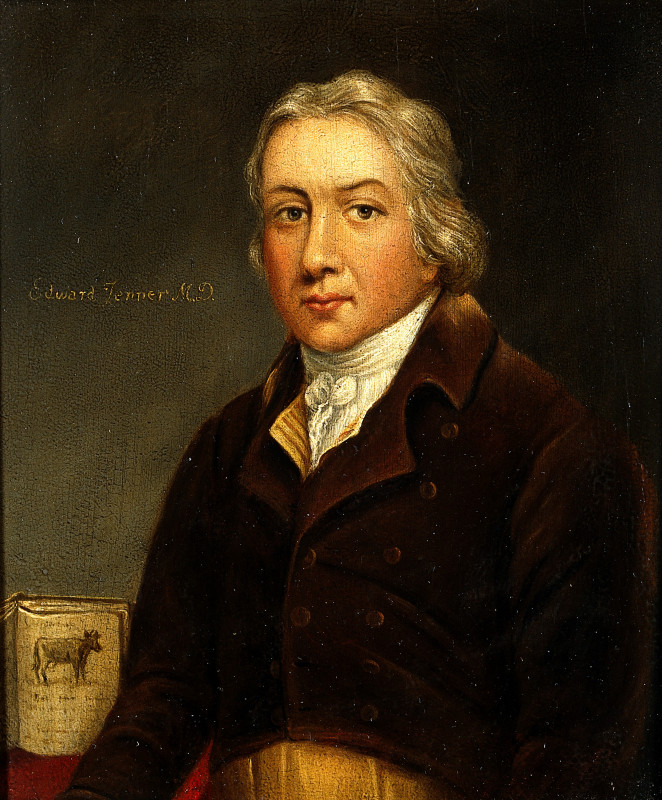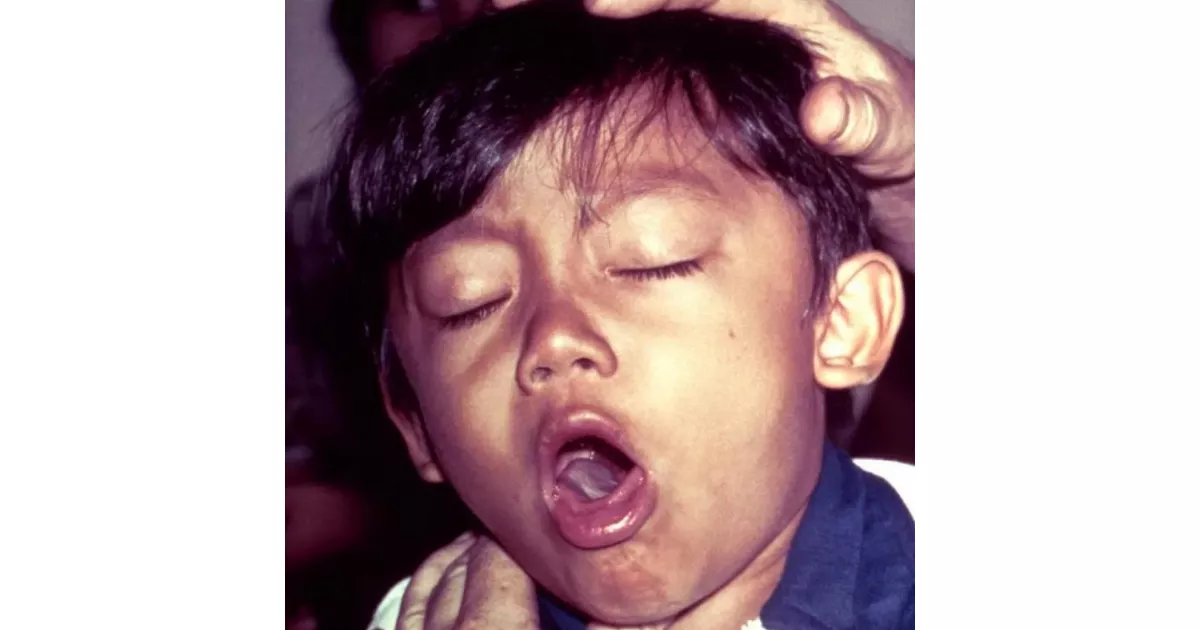Whooping cough, or pertussis, is a highly contagious, vaccine-preventable bacterial disease also known as the "100-day cough". It begins with cold-like symptoms (runny nose, fever, mild cough) before progressing to severe coughing fits that can last for months. A characteristic "whoop" sound may occur when breathing in after a coughing fit. The intense coughing can lead to fatigue, vomiting, and even rib fractures. Infants may experience periods of not breathing instead of coughing. Symptoms may be milder in vaccinated individuals. The incubation period is usually one week to ten days.
1906: Discovery of Bordetella pertussis
In 1906, Jules Bordet and Octave Gengou discovered Bordetella pertussis, the bacterium that causes whooping cough. The bacterium was subsequently named Bordetella pertussis in honor of Jules Bordet.
1906: Discovery of the Bacterium
In 1906, the bacterium that causes pertussis was discovered.
1912: First Inactivated Whole-Cell Vaccine
In 1912, Jules Bordet and Octave Gengou developed the first inactivated whole-cell vaccine for pertussis.
1913: Early Vaccine Development
In 1913, other researchers continued the work to develop the first inactivated whole-cell vaccine for pertussis.
1914: Early Vaccine Development
In 1914, other researchers continued the work to develop the first inactivated whole-cell vaccine for pertussis.
1925: Thorvald Madsen's Vaccine Testing
In 1925, Danish physician Thorvald Madsen was the first to test a whole-cell vaccine on a wide scale to control outbreaks in the Faroe Islands, however, two children died shortly after receiving the vaccine.
1932: Leila Denmark's Study Begins
In 1932, an outbreak of whooping cough in Atlanta, Georgia, prompted pediatrician Leila Denmark to begin her study of the disease.
1942: First DTP Combination Vaccine
In 1942, American scientists Grace Eldering, Loney Gordon, and Pearl Kendrick combined the whole-cell pertussis vaccine with diphtheria and tetanus toxoids to generate the first DTP combination vaccine.
1965: Pertussis incidence in the U.S.
Between 1965 and 2003, the incidence of pertussis in the U.S. was fewer than 10,000 cases per year.
1981: Acellular Vaccine in Japan
In 1981, Japanese scientist Yuji Sato's acellular pertussis vaccine, consisting of purified haemagglutinins, was used in Japan.
1990: Whooping cough deaths
In 1990, there were 138,000 deaths caused by pertussis worldwide.
2002: Vaccine Impact
In 2002, it was estimated that the pertussis vaccine saved half a million lives.
2003: Pertussis incidence in the U.S.
Between 1965 and 2003, the incidence of pertussis in the U.S. was fewer than 10,000 cases per year.
2005: Study on Infection-Acquired Immunity
A 2005 study estimated that the duration of infection-acquired immunity for pertussis ranges from 7 to 20 years, while protective immunity after vaccination wanes after 4–12 years.
2011: CDC Study on Immunity Duration
A 2011 CDC study indicated that immunization against pertussis may only provide protection for three to six years.
2015: Worldwide Infections and Deaths
In 2015, an estimated 16.3 million people worldwide were infected with pertussis, resulting in 58,700 deaths.
2017: Estimated Global Burden
A study in 2017 estimated the global burden of pertussis to be 24 million cases per year, with 160,000 deaths among young children.
2018: Global Cases Reported
In 2018, more than 151,000 cases of pertussis were reported globally.
Mentioned in this timeline
Japan is an East Asian island country situated in the...

Atlanta is the capital and most populous city of Georgia...
The Faroe Islands located in the North Atlantic are a...

A vaccine is a biological preparation designed to provide active...

Immunization fortifies the immune system against infectious agents Exposure to...
Trending

7 months ago George Wendt, 'Cheers' Star, Remembered Fondly After Death; Sudeikis Shares Memory

2 months ago Mecosta County Community Events: Grant Boosts Future Conversations This Week

Samsung Group is a South Korean multinational manufacturing conglomerate and the largest chaebol in South Korea Headquartered in Seoul the...
2 months ago Typhoon Kalmaegi Devastates Philippines: Hundreds Dead, Another Storm Threatens Hope
Big Bear Lake California is a city nestled in the San Bernardino Mountains within the San Bernardino National Forest Located...

2 months ago RBA Holds Rates Steady Amid Inflation Concerns and Economic Uncertainty: A Detailed Analysis
Popular

Stranger Things created by the Duffer Brothers is a popular...

XXXTentacion born Jahseh Dwayne Ricardo Onfroy was a controversial yet...
The Kennedy Center Honors are annual awards recognizing individuals and...
Turning Point USA TPUSA is an American nonprofit organization founded...

Bernie Sanders is a prominent American politician currently serving as...

Jupiter is the fifth and largest planet from the Sun...
